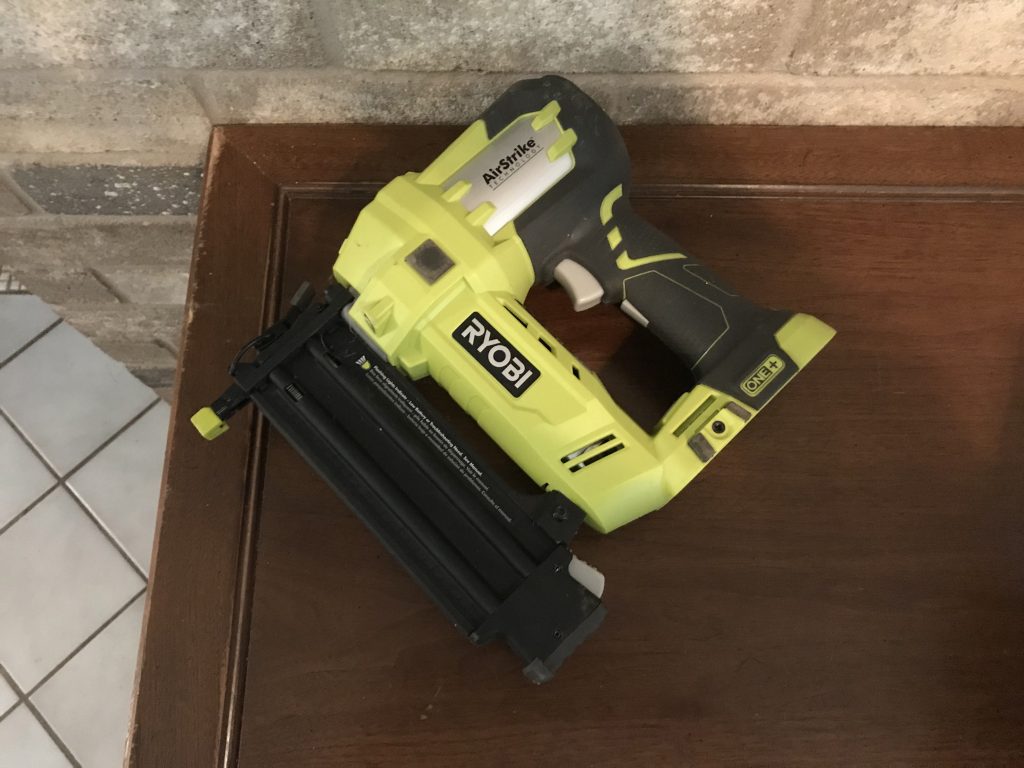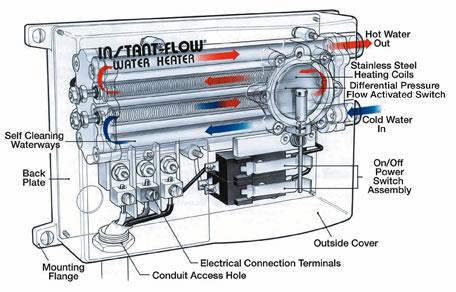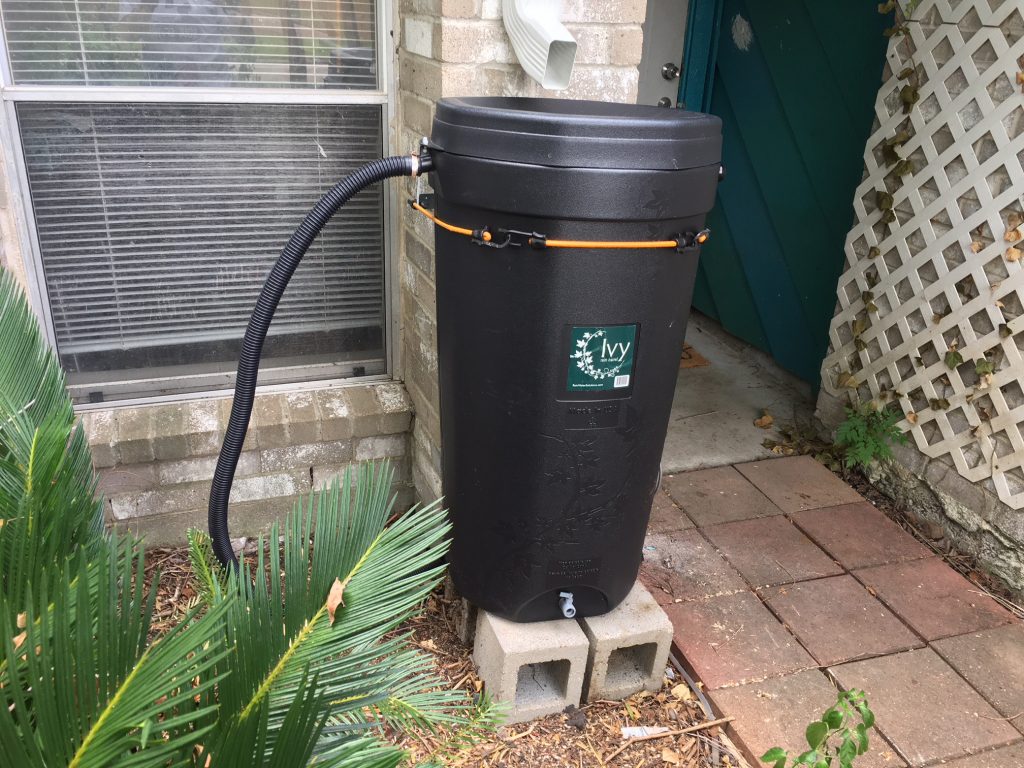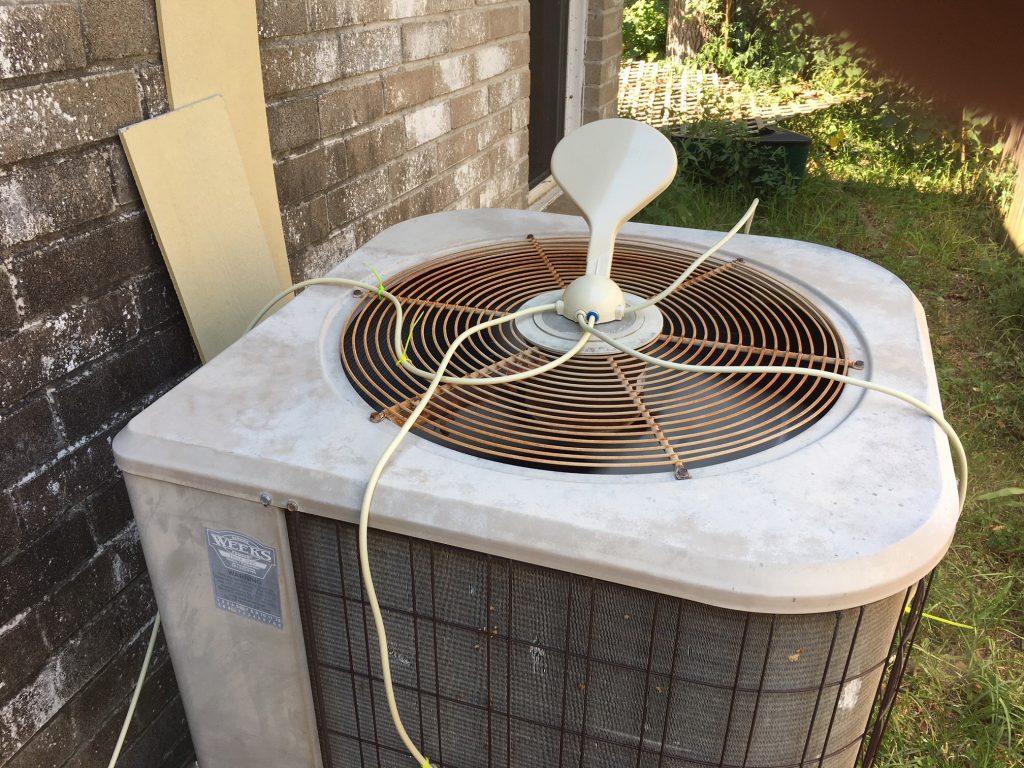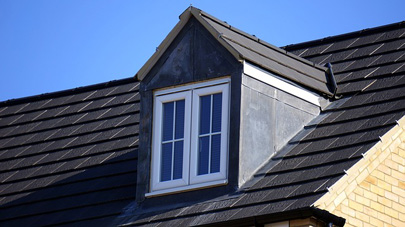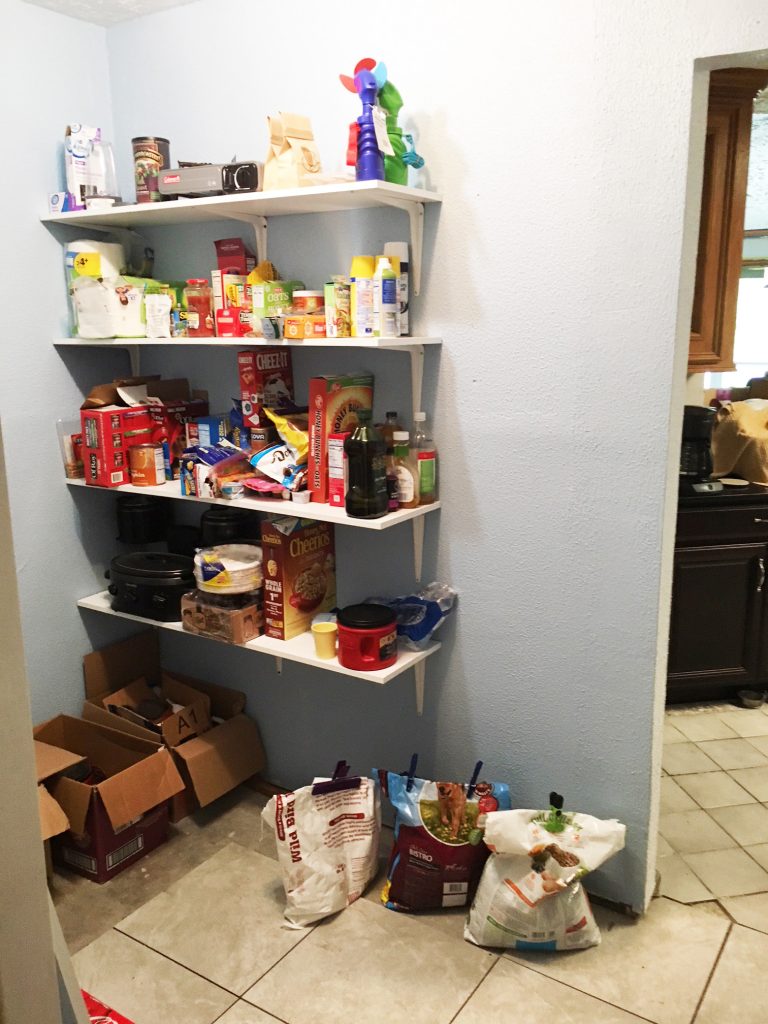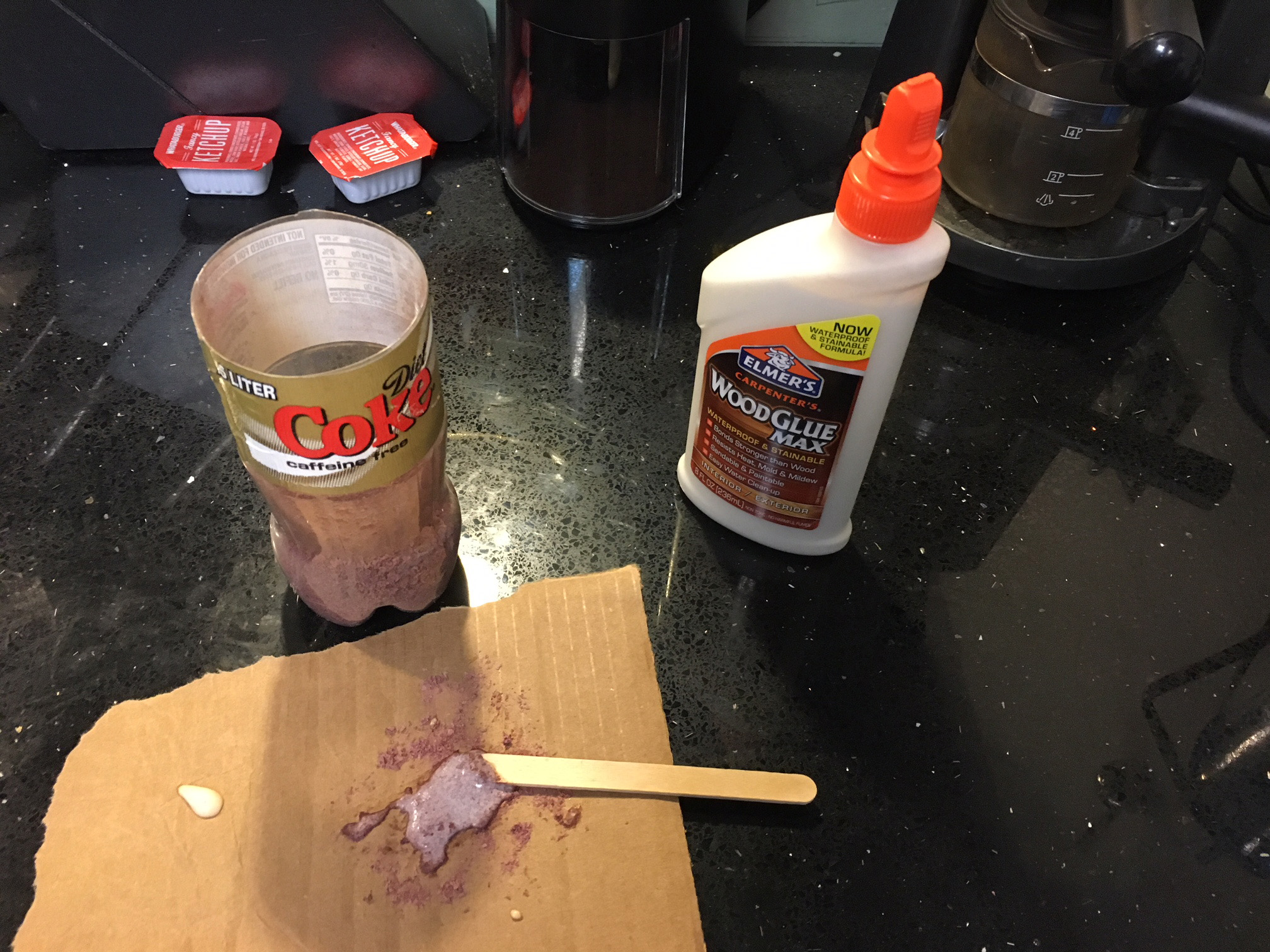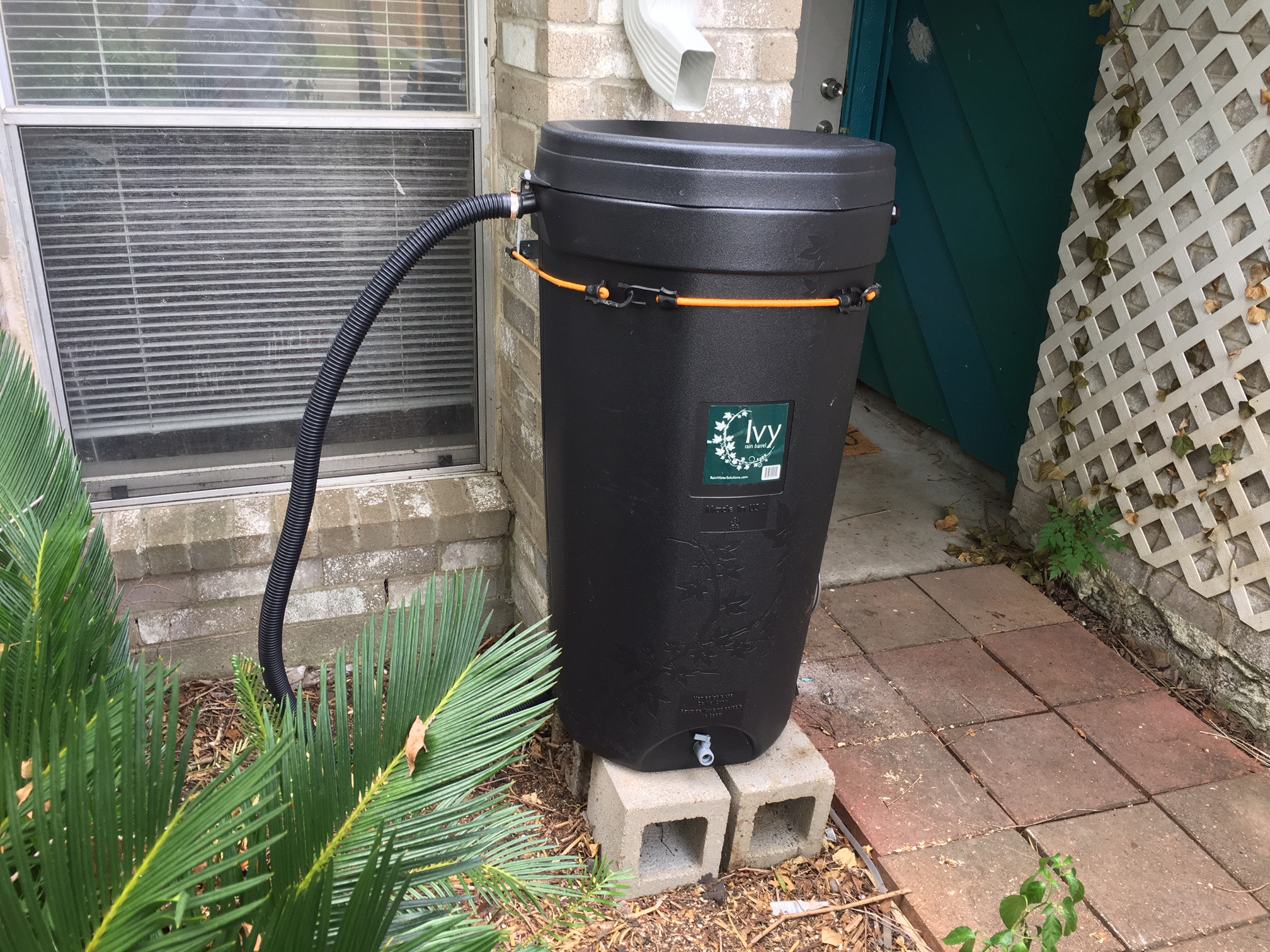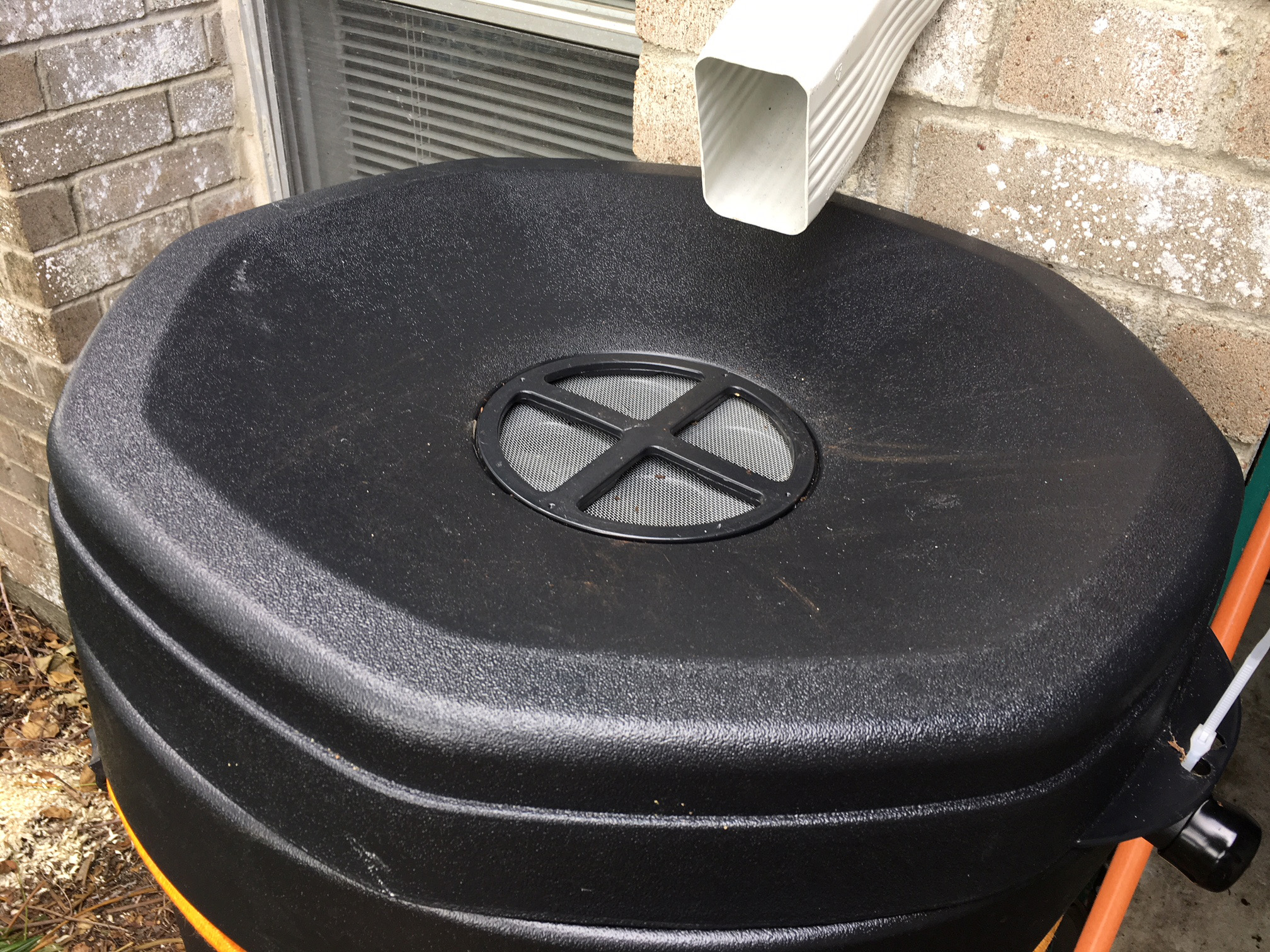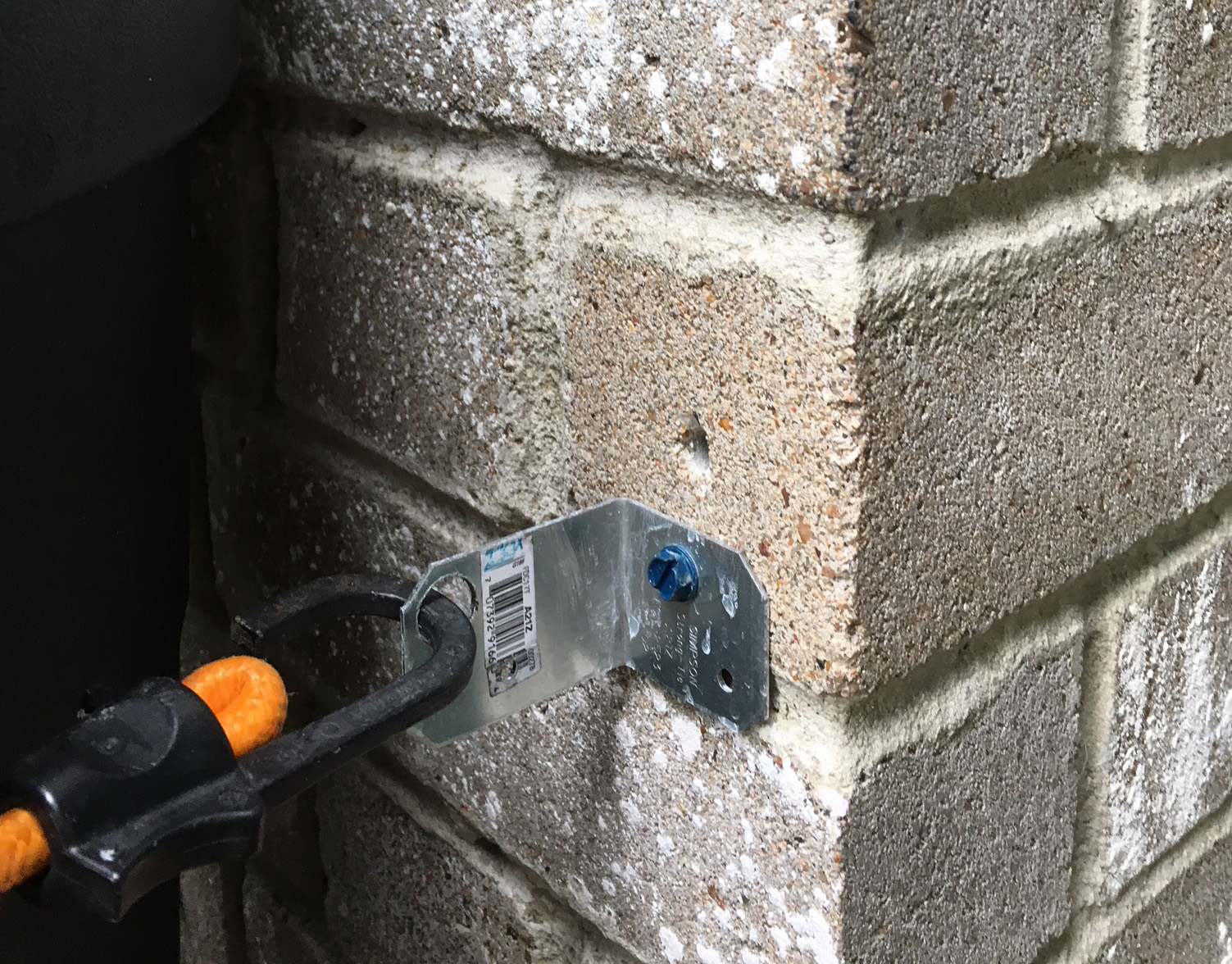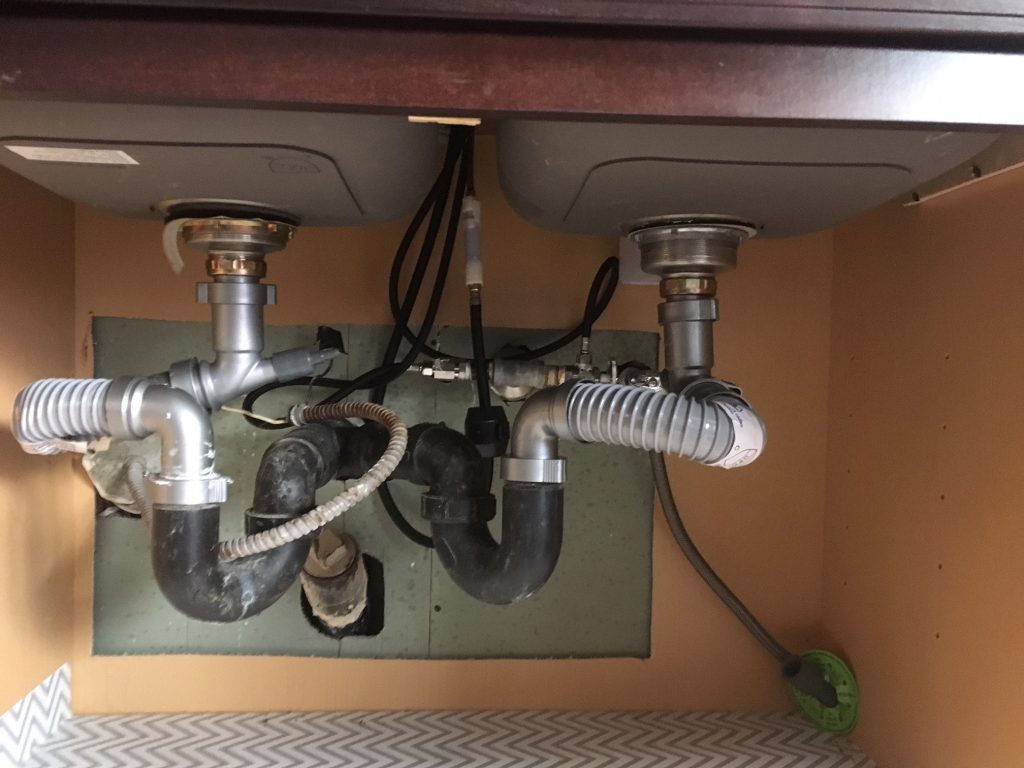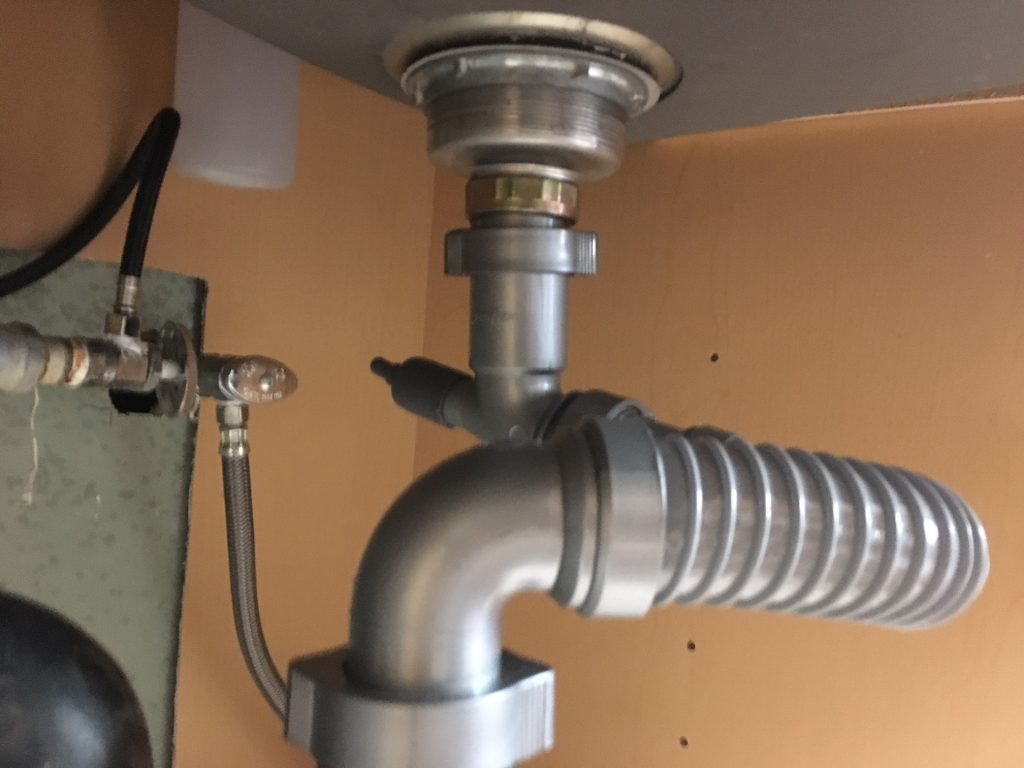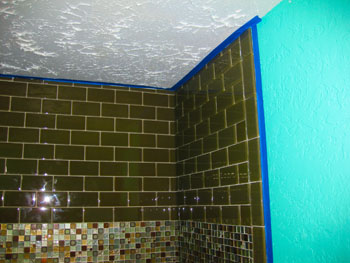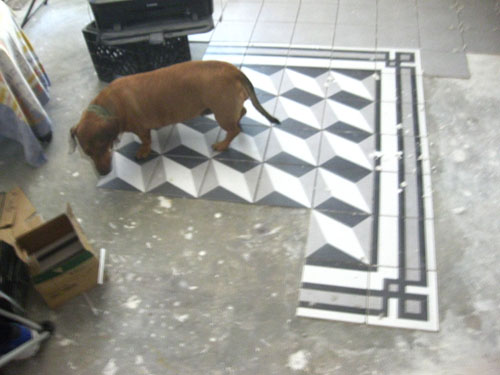|

Drywall finishing, or taping and floating, is hardly rocket science. But it is more of an art and things can go wrong. The upside is that most of these things are easily corrected. The key thing is to prevent issues right from the get-go with this DIY project. Here are 7 common drywall-taping problems and how to deal with them.
Drywall Finishing Problems
- Concave and crowned seams. The seams are where the drywall panels meet. There are tapered edges on the long side of the panel and square edges on the short side. Square seams are called butt-joints. Obviously tapered edges accommodate your drywall tape. Crowned seams happen when taping compound (mud) is applied too heavily and the center of the seam is left higher than the surface of the panels. This is more common on butt-joints. When light shines across the seams on your walls, they crowned seams are apparent. Catch these before painting, and sand them down with 120-grit or 150-grit paper or just use your widest floating knife to float it out wide. Concave seams are the opposite of crowned seams. To correct this just float the joint again.
- Photographing. This happens when you apply glossy paint. The drywall and the joints and screws show up differently because they have different textures. To prevent this, either skim the entire surface with mud (drywall compound) or paint it with a sealer/primer. Applying a drywall texture with thinned-out joint compound will also help.
- Bubbled tape. This happens when you have a poor bond between the tape and the mud. If the tape isn’t embedded well in the mud, it can easily loosen and form a bubble. It might be a round spot as small as 1/2 inch in diameter, or it may encompass the whole length of a seam. The solution? Smaller bubbles may be cut out with a utility knife and re-taped. For larger areas, you can remove the entire section of tape and embed new tape. Finally, apply a second and a third coat of mud. To avoid bubbled or loose tape to begin with, apply a thick enough layer of joint compound before you embed the tape and apply sufficient pressure with your taping knife to embed it properly. Or as I do, use mesh tape rather than paper; it’s much easier to work with.
- Pitting. This looks like a number of small pits on the taped finished surface. They are small air bubbles that were either not properly filled or were exposed in the sanding process. Usually they are the result of over-mixing or under-mixing your mud or if insufficient pressure is applied when smoothing your mud. Much of your pitting can be covered up with these drywall texturing techniques.
- Loose or cracked corner bead. When this happens, remove any cracked mud and re-apply. Be sure that there is a 1/2 inch gap between the bottom of the bead and the floor. If you use metal corner bead, reinforce the border with paper tape. This will reduce the chance of cracks developing.
- Popped screws or nails. These don’t always show up until a few months or even years after the taping and floating, but they can show up before you paint your drywall. When you sand over screws or nails, your pole sander can apply a lot of pressure against the drywall panel. If the fastener hasn’t pulled the panel tight against your studs, the pressure can push the panel tight and pop the fasteners. This raises a bump on the surface or exposing the fastener head. Popped screws or nails are more likely with warped wood framing. Secure with new fasteners and re-float. I like to place screws or nails at 12 inch centers. Nails should be applied in pairs; one being a “helper” nail.
- Shrinking or cracked drywall seams. Seams can develop drywall cracks during your taping process. This is most likely when your mud dries too quickly. This can happen because of direct high heat or sunlight. If your tape and mud are still solid, just re-tape the bad spots. Be sure that your seam is completely dry; use enough pressure to force the mud completely into the crack. If the tape is cracked or the compound is loose, you’ll have to remove the affected areas. Avoid this problem by keeping the heat low to extend your drying time. If the outdoor temperature is high, above 80°F, close the windows so the airflow won’t dry the compound too quickly.
These are the most common drywall-taping problems you are likely to encounter. The best approach is to take your time and prevent issues before they develop.

Looking for more great content? Visit our partner sites:
I offer article and blog-writing services. Interested? Hire Me!
Did you find this article helpful? Thanks for supporting this free site with a small donation!
Visit Kelly’s profile on Pinterest.
About the Author:
 Kelly R. Smith is an Air Force veteran and was a commercial carpenter for 20 years before returning to night school at the University of Houston where he earned a Bachelor’s Degree in Computer Science. After working at NASA for a few years, he went on to develop software for the transportation, financial, and energy-trading industries. He has been writing, in one capacity or another, since he could hold a pencil. As a freelance writer now, he specializes in producing articles and blog content for a variety of clients. His personal blog is at I Can Fix Up My Home Blog where he muses on many different topics.
Kelly R. Smith is an Air Force veteran and was a commercial carpenter for 20 years before returning to night school at the University of Houston where he earned a Bachelor’s Degree in Computer Science. After working at NASA for a few years, he went on to develop software for the transportation, financial, and energy-trading industries. He has been writing, in one capacity or another, since he could hold a pencil. As a freelance writer now, he specializes in producing articles and blog content for a variety of clients. His personal blog is at I Can Fix Up My Home Blog where he muses on many different topics.



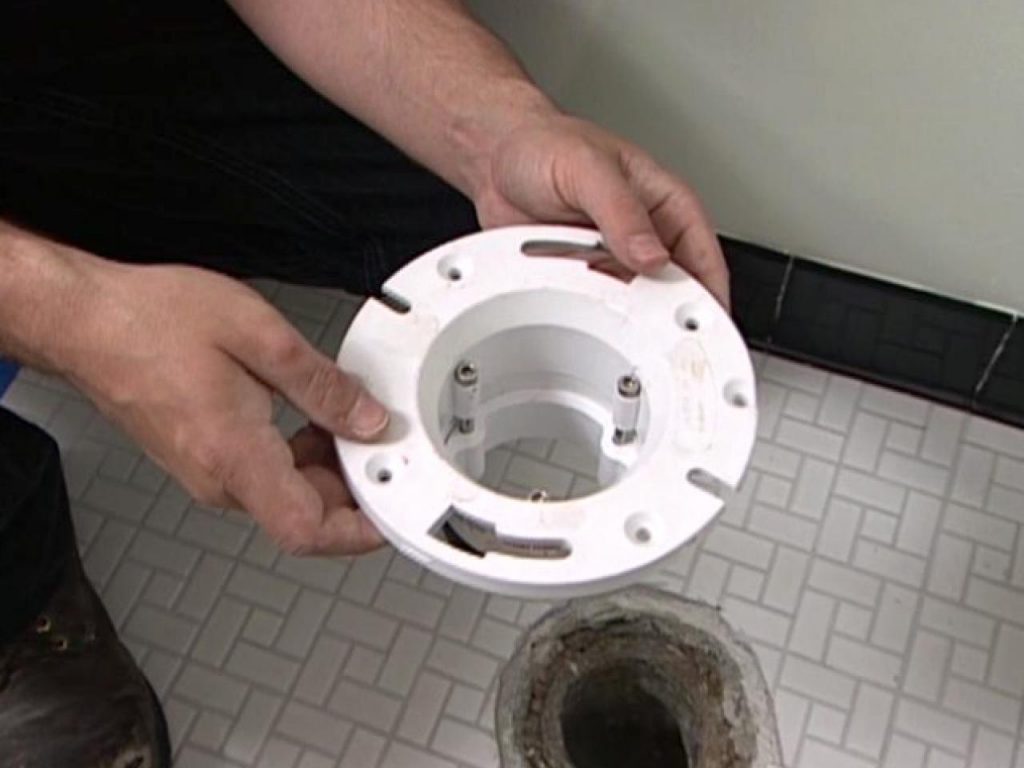
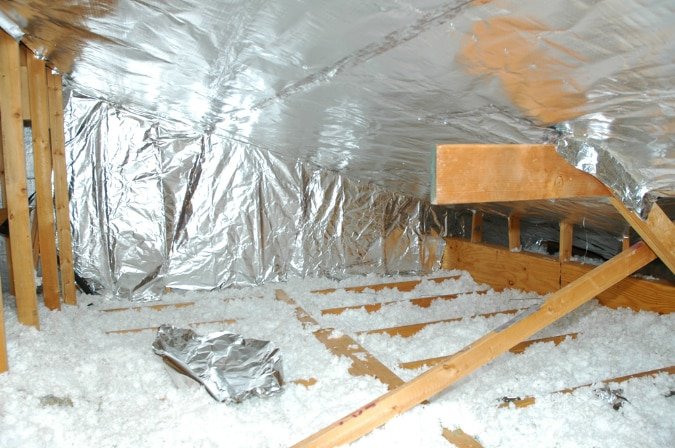
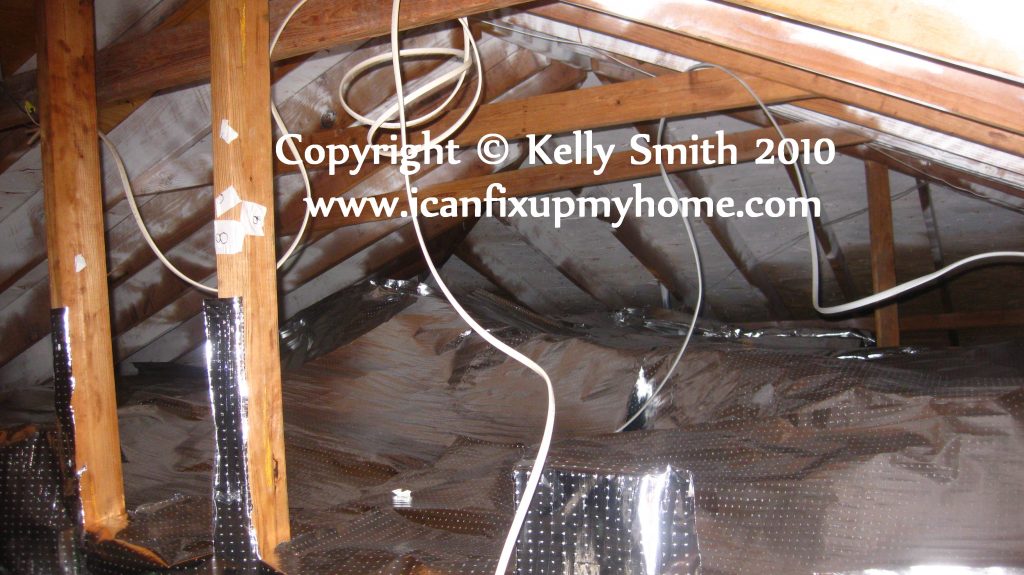

 Kelly R. Smith is an Air Force veteran and was a commercial carpenter for 20 years before returning to night school at the University of Houston where he earned a Bachelor’s Degree in Computer Science. After working at NASA for a few years, he went on to develop software for the transportation, financial, and energy-trading industries. He has been writing, in one capacity or another, since he could hold a pencil. As a freelance writer now, he specializes in producing articles and blog content for a variety of clients. His personal blog is at
Kelly R. Smith is an Air Force veteran and was a commercial carpenter for 20 years before returning to night school at the University of Houston where he earned a Bachelor’s Degree in Computer Science. After working at NASA for a few years, he went on to develop software for the transportation, financial, and energy-trading industries. He has been writing, in one capacity or another, since he could hold a pencil. As a freelance writer now, he specializes in producing articles and blog content for a variety of clients. His personal blog is at 